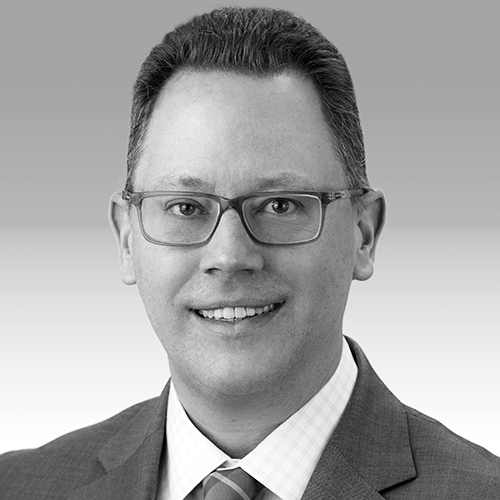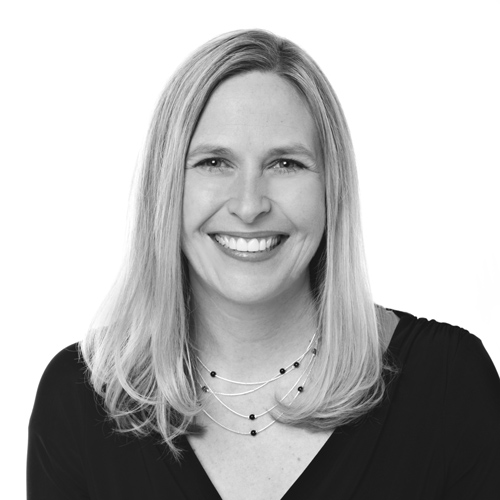Paul Huie knows as well as anybody that growth can take many forms, particularly in business. As Criteo’s senior vice president of corporate development, his role is to drive growth through creative means, interpret strategy, and seek out solutions. The growth he aims to foster is not manifested in the tangible elements of bricks, bucks, and bodies, but rather in the road that guides the company’s future.
And Criteo’s future looks bright. As a high-growth company, Criteo works with online retailers and brands to produce personalized online advertisements in order to drive sales. Targeted ads will always be in demand, especially as the landscape discovers more ways to track their effectiveness. But Criteo will always need to grow in conjunction with the industry’s latest trends.
Huie joined Criteo in 2010 as its general counsel and says growth is something that has always been a part of his job, both as a lawyer and now as a businessperson. “As a lawyer, I helped to grow the commercial business, but I also have to protect that business and growth, both domestically and internationally,” Huie says.
After two years with the company, Huie pivoted to his current role in corporate development. Huie describes his role there similarly, but says his focus is on interpreting the strategic priorities of Criteo’s leadership into means of further development that “position us for future growth and sustainability.”
“How do I enable and facilitate the continued growth of Criteo in terms of our ultimate goals? Well, I look at growth from different angles,” Huie says. “Revenue growth is an element of growth, and top-line growth is something we need to obviously continue to drive toward. But I also look at profitability and how we’re going to position ourselves strategically.”
It’s about sustainability, Huie emphasizes. While there are teams at Criteo that translate and execute the company’s priorities internally, there’s also a need to gaze outward and engage with the industry’s evolution as a whole. That’s where Huie and his team tend to set their sights, pursuing what he calls “inorganic opportunities” that balance the company’s immediate and long-term needs with new partnerships and acquisitions that may present themselves.
“Some of it is reactive, where we become aware of opportunities. But we primarily seek out targets proactively,” Huie says.
Since 2012, Huie has overseen a joint venture and seven acquisitions, nearly all of which served to establish Criteo’s profile in the digital space. As it turns out, the company’s first acquisition of a mobile company ended up being a core component of its IPO story.
“Everything was trending toward mobile,” Huie recalls. “It was incredibly important for us to invest on the mobile side, and the acquisition was a key catalyst.” Now, Huie explains, mobile constitutes more than 50 percent of Criteo’s business.
Huie and his team then worked to acquire businesses centered around search technology, e-mail, and brand manufacturing. “The e-mail and search acquisitions broadened our platform. We’re becoming a global business. We are expanding our capabilities with existing customers into different mediums,” Huie explains.
By moving into brand manufacturing last year, Huie was working to inorganically execute another strategic priority: expanding the company’s customer base. “We’re heavily skewed in terms of our client base toward the retail and travel industries,” he says. “We’re expanding by going directly to those who manufacture many of the products that get sold by our existing clients.”
How these acquisitions contribute to the company’s overall growth is made clear as time goes on. What Huie is concerned with, though, is “growth in the outer years—two to three years out.” To plan for the future, after all, is to constantly make adjustments. “I can’t measure our team’s success statically,” he says. “Every quarter, I have to reassess what we should be focusing more on. Sometimes, there may be no more opportunities, no matter how many stones we uncover or turn over.”
Through it all, he has to strategize on a macro level: Can he execute the company’s strategy by focusing on the existing growth of the core business, or would it be helpful to seek more inorganic opportunities to drive future growth?
Huie’s tightrope navigation is all the more impressive considering the size of his lean team. He cites the large corporate development function at Yahoo, his previous employer, as well as the numerous teams that offer support. “Here, we don’t have the luxury of having that sort of scale and bench strength,” Huie says.
One of the biggest challenges, he says, is how to look at everything globally with a small team. “We have to be fairly focused in terms of how we look at companies. I feel very proud of Criteo as a whole to have really articulated proactively what’s important to ensure our future success and growth.”
That articulation is key. “My job is not to think philosophically about what’s next,” he says. No, it’s his job to execute.
_____
Skadden:
Paul combines the analytical skills of a lawyer with excellent business acumen. He is a key member of senior management.
—Martha McGarry, Partner

